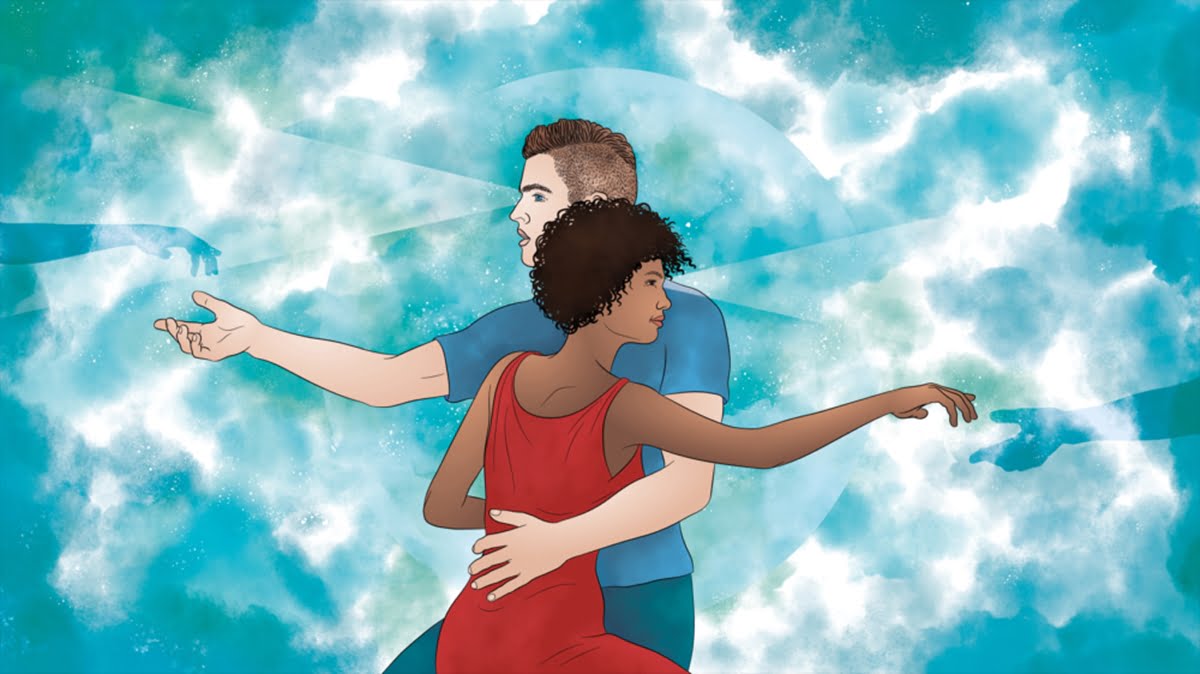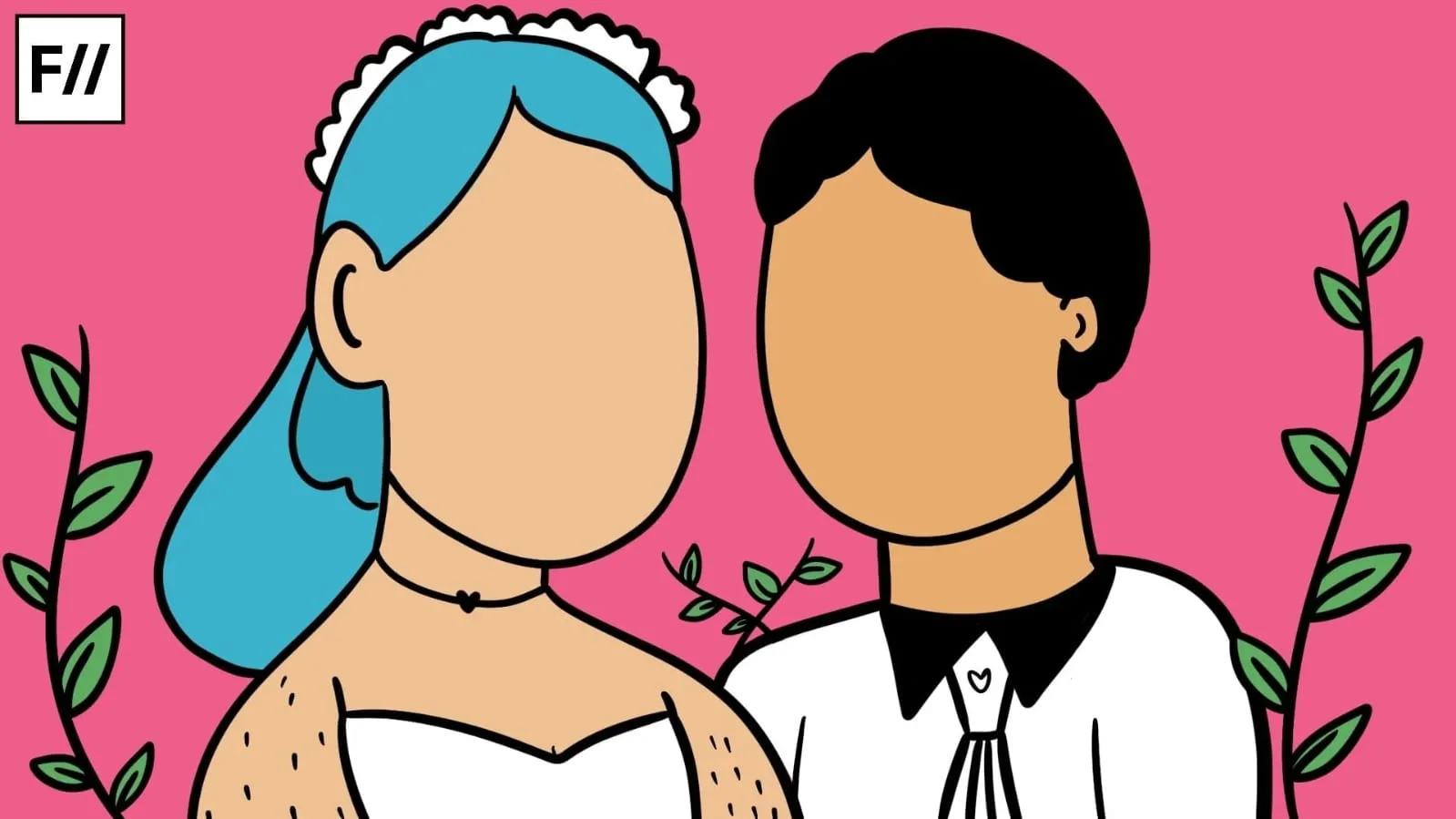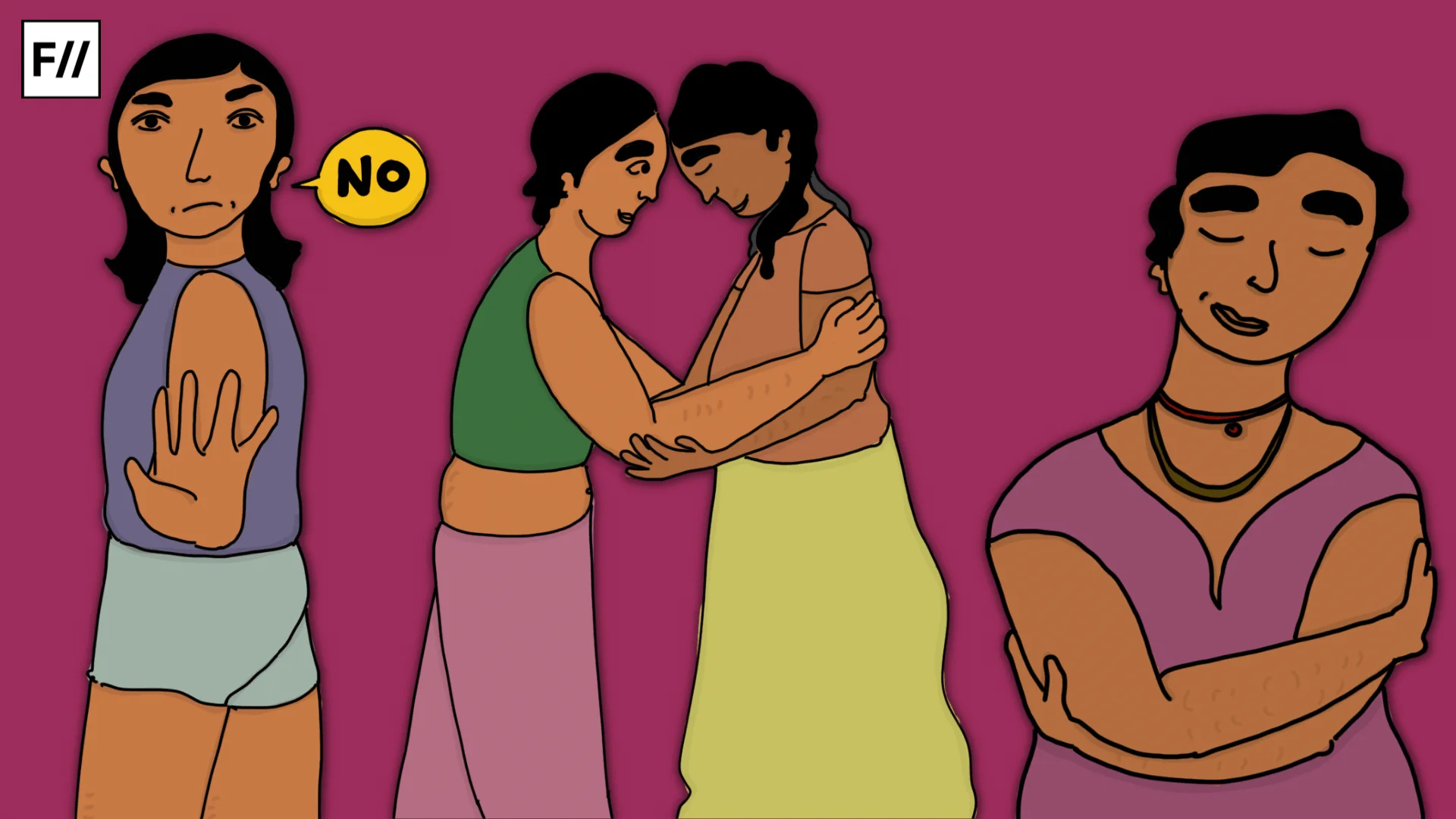Last year, Will Smith and Jada Pinkett Smith disclosed that they were in a non-monogamous marriage. Smith then went on to open up about non-monogamy in a recent interview. He revealed that Pinkett had compromised for years to sustain their conjugal relationship, which was finally at an impasse. An open relationship proved to be an effective solution for them: “marriage for us can’t be a prison.”
A 2001 study by Whitehead and Popenoe indicates that 94% of Americans expect to marry a ‘soulmate.’ Another study in 2002 by Bachrach et al anticipates about 85% of adults in the United States to marry at some point in their lives. Most individuals seeking love hope to maintain a monogamous relationship with their partners.
Socio-historical studies indicate that marriages have traditionally been culminations of social, financial, or political needs. Couples stayed together because of economic dependency or social pressure. Later, the Industrial Revolution shifted individual attitudes and prompted people to marry for personal fulfilment, which they associated with monogamous love. Ideally, the shift in American beliefs should have materialised in practice.
Also read: Challenging The Heteronormative Ideas Of Love
Yet, estimates on infidelity and divorce highlight a different reality. Atkins et al suggest that 20-25% of individuals take part in extramarital sex at some point in their marriages. National Center for Health Statistics additionally illustrates that 50% of first marriages end in divorce. Kelly Campbell and David Wright contend that the “deinstitutionalisation” of marriage increases the odds for infidelity or divorce since conventional socio-economic constraints do not inhibit individuals from exercising their personal choice.
Many intimate adult relationships framed by socially imposed monogamy have proven to breed dissatisfaction. Non-monogamous relationships provide an alternative, although its fundamentals might not suit everyone. Essentially, a non-monogamous relationship does not restrict sexual-reproductive relations in the way a monogamous relationship does. Here, partners can have emotional or sexual relations with other people.
The extent to which the dating structures of non-monogamy suit individuals depends on their personal needs and preferences. Common non-monogamous structures include polyamory and open relationships. The particulars of such a romantic arrangement can be discussed by and are specific to the stakeholders.
For instance, a non-monogamous setup might require both individuals to make only one additional emotional commitment. Another setup might permit sexual relations with multiple partners. The specifics serve as guiding principles to maintain transparent communication and simultaneously enable sexual exploration beyond what the society deems ‘permissible.’
Non-monogamous relationships are popularly perceived as non-normative and threatening since they transcend social control premised on the need of conformity. Representations of non-monogamous marriages tend to invite academic skepticism and popular critique. This is because a monogamous marriage is conventionally perceived to be the socially acceptable norm across geographies; any deviation from monogamy is rendered illegitimate.
Representations of non-monogamous marriages tend to invite academic skepticism and popular critique. This is because a monogamous marriage is conventionally perceived to be the socially acceptable norm across geographies; any deviation from monogamy is rendered illegitimate.
A comparison between monogamous and non-monogamous marriages is not easy to navigate, given the complexities of cultural expectations and personal choices. Even the definitional paradigms within which these two categories exist are permeable. A monogamous relationship needn’t be restrictive. Many queer social actors deviate from heterosexual courtship and intimacy practices to overcome the predictable limits of traditional heterosexual monogamous relationships. People in same-sex relationships, in particular, recognise the gendered obligations that are inherent in heterosexual romances.
Many lesbian women, for instance, feel relieved that they are exempt from courtship rituals to which heterosexual women have to conform. A respondent in Ellen Lamont’s study asserts that her homosexual relationship liberates her from normative heterosexual expectations, such as waiting for a man to make the first move. The individualism in queer monogamous relationships can, consequently, be emancipatory for people.
Similarly, a non-monogamous relationship need not be inherently satisfactory. Smith, for instance, mentioned in his interview that while non-monogamy improved his relationship with Pinkett, it might not be suitable for everyone. One common reason is the gendered burden of cultural perceptions: while men in open relationships become associated with positive masculinist labels such as ‘studs,’ women remain susceptible to problematic tags that configure them in the vocabulary of moral bankruptcy. This categorical demarcation occurs even in non-monogamous social circles, forcing women in vulnerable positions.
Also read: Outside Of The Virgin-Whore Dichotomy: Indian Cinema and Women’s Sexual Desire
While men in open relationships become associated with positive masculinist labels such as ‘studs,’ women remain susceptible to problematic tags that configure them in the vocabulary of moral bankruptcy. This categorical demarcation occurs even in non-monogamous social circles, forcing women in vulnerable positions.
Polygamy is popularly considered a subset of non-monogamous practice. It is, however, severely criticised, particularly because it almost exclusively assumes the form of polygyny, where a man has multiple wives. A recent film titled, I am Property: Exploring Polygyny and Impunity in the Context of Customary Laws in Arunachal Pradesh illustrates how customary laws of the state sustain the practice of polygyny and, in turn, enable women’s exploitation.
In Arunachal Pradesh, men pay the bride price to literally ‘purchase’ their wives. This is, however, not simply a reversal of the dowry-giving process: the resultant power structure of conjugal relationships founded upon such monetary transactions produces a lasting effect. Since women’s bodies become property that can be purchased and owned, the notion of women’s right to property gets discarded in popular imagination. The practice of polygyny in Arunachal Pradesh complicates matrimonial relationships since men’s payment of bride price enables them to purchase more wives, which creates a pattern of structural violence in the realm of domesticity.
Further, Al-Krenawi et al argue that women in polygamous marriages are at a higher risk of depression. Other studies assert that women in polygamous relationships are not only more subservient, but also less sexually satisfied. Men in polygamous relationships are also found to have an increased susceptibility to alcoholism arising from psychological problems.
While the differentiated categories of monogamy and non-monogamy provide the advantage of convenient labels, contextual information is significant for comprehension and analysis. How liberating and freeing a relationship is, whether monogamous or non-monogamous, is contingent entirely on the partners involved. Uncritical promotion of a definite kind of relationship can be problematic.
Featured image source: Wbur.org
About the author(s)
Mridula Sharma is a researcher and a writer. Her work lies in the intersection of feminist theory, postcolonial studies, and popular culture.





